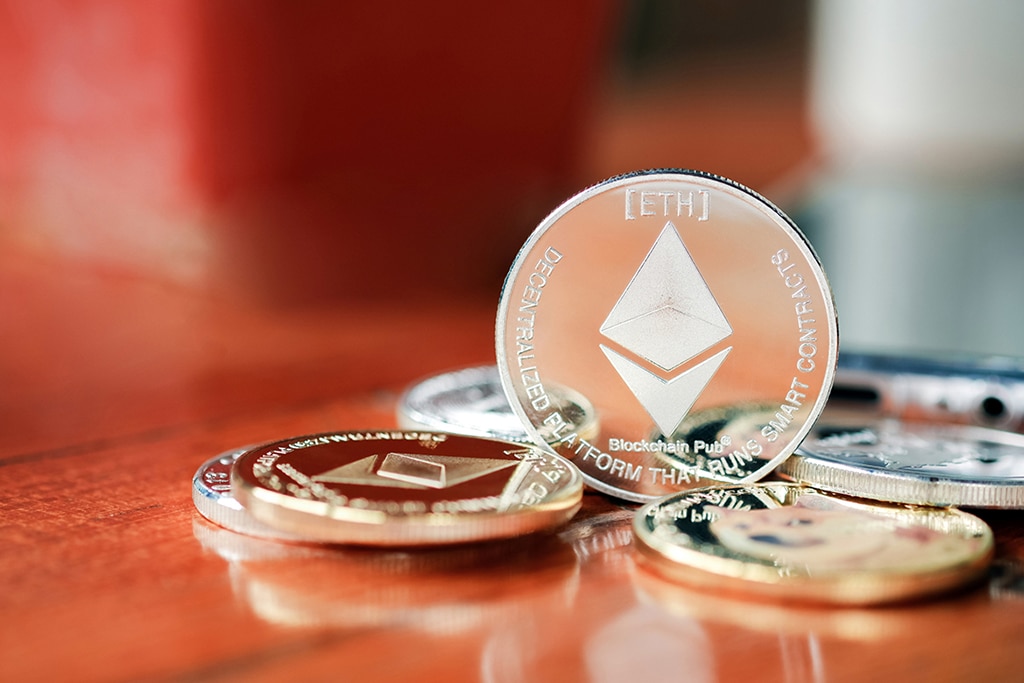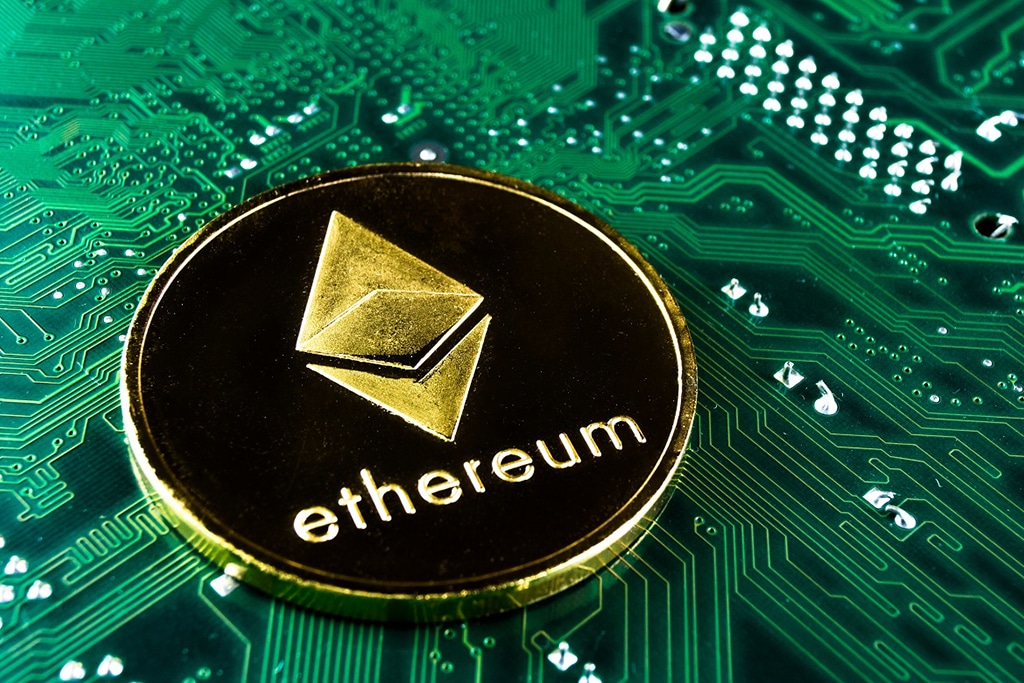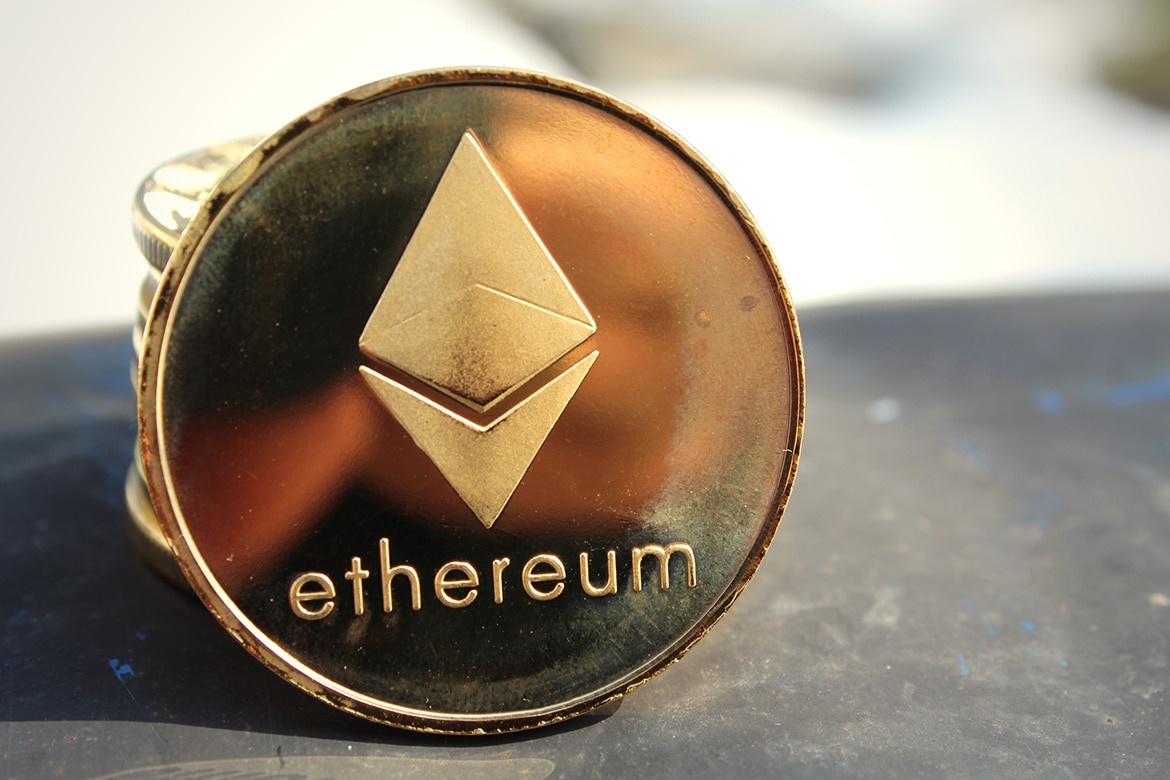
In this 2-part series written by Kolin Evans, a cryptocurrency expert who made Quark an international sensation following bitcoin’s euphoric rise in 2013, consumers are alerted to the types of digital currency fraud – and shown how to prevent them.
In this 2-part series on cryptocurrency fraud, Kolin Evans examines the causes behind most scams in the market, and shows what digital currency investors can do to detect it and prevent it.
So apparently humans love to commit fraud, and apparently this is why other institutions globally spend millions to protect themselves via regulatory barriers from such fraud. Crypto bypasses much of this protection and regulation, so in a sense you can say that cryptocurrencies are a veritable fraudsters’ dreamboat!
What’s missing from this overly simplistic and much-repeated hypothesis is a crucial observation: specifically, that crypto has all the self-regulatory protectionist tools required to direct fraud to the fringe of the market!
To get the jist of this argument, it’s important to grasp two key concepts about crypto that are increasingly talked about by members of the crypto community but are just as equally barely understood at all. These concepts are Proof of Work (PoW) and Proof of Stake (PoS). (It’s simple, I promise!)
What is PoW?
In the simplest terms PoW is the way in which cryptocurrency tokens come into existence.
When we think about the way in which a commodity such as gold comes into existence (materially, that is, not chemically) it is obvious: gold is mined from the ground. This activity of miners digging the gold out the ground is the jist of what PoW is. PoW can be applied across almost every commodity, be it monetary or simply consumptive. Even an Evian water bottle has a PoW, which would be the process whereby it was extracted from the spring source from where it came and ultimately filtered into a commercially available drink.
So then: AU’s PoW was the action of digging it out of the ground and refining it. Bottled water’s PoW was the action of obtaining the water, testing and filtering it, and ultimately bottling it. PoW is literally its namesake: the proof of work that brought whatever it is you are talking about into existence!
(The PoW of this article would be my writing it, my editor editing it, and then CoinSpeaker’s publishers publishing it to the site. Got it? See, I told you this is easy …)
What is PoS?
PoS is simply a fancy name for interest. It is very similar to interest on a term deposit. It works like this: if you hold 10 coins for 1 year you get 1 coin in interest as the coins are mined. But this “interest” is new money and thus expands the money base.
PoW is just the means by which all crypto tokens come into existence: PoS is the interest that is earned on held Crypto out of the new money being created by the owners.
Crypto Fraud
So now we know what PoW is and have a good idea what PoS is let’s get to what it is the fraudsters do to achieve costless free fraud in the crypto sphere. It’s all about having no cost (or very little cost) to the fraudster.
PoW has a cost associated to it – the cost of production.
What most fraudsters in the crypto scene do is find amazingly creative ways to avoid that PoW cost. It’s as simple as that, but because education on cryptocurrencies is low they can get way with it.
All these scammers are doing is in effect trying to create digital gold with no (or tiny) cost, very similar to filling the bottled water up with sink water, repackaging and selling it.
These scammers want the crypto token to exist (so that it can go where people look, i.e. the Market Cap) but they want there to be no cost in terms of issuance and they want to issue it primarily to themselves. In this way the fraudster can then buy and sell it themselves and “bid it up” – hence it can (in theory) sit at the top of the market cap forever.
The owners that issued it to themselves at little or no PoW cost and then multiplied it with PoS interest can repeat this method over and over again. In theory they could fill the market cap up with “no cost crypto” until enough suckers buy into the currency at their asking price, upon which they can sell out and create another of these so-called no cost cryptos.
This is made possible simply because the cost to earn PoS interest, is very low and because the interest is earned on the already existing PoW Token. So the work has been done, and now interest is earned on that existing token.
It’s like earning new found gold on existing gold bars held, or earning brand new packaged bottles of water vouchers on whatever water bottles you already have in stock: either way, the inflation of the commodity is distributed back to the holder of the original units. (they are making new money in essence so they own the game)
In summary, most Crypto Fraud is a variant of this process:- The Fraudsters use real PoW for the least possible time, for example for 1 second (the shortest time possible – i.e nearly no cost)
- In this 1 second of PoW they will create all the crypto tokens (the most that will ever exist) an issue them all to themselves (as secretly as possible)
- Now the fraudsters own all the new crypto.
- Now that they exist the fraudsters use PoS to award themselves interest and new money on the crypto they created at zero cost (which, remember, they issued to themselves).
- This way the PoS (the interest) will still expand the money supply but the fraudsters will own all new units of crypto and thus can keep it on display where it counts most (aka – the MARKET CAP).
- When enough people look at the market cap they will eventually buy the fraudulent token, perceiving the price rise due to lack of selling activity as a positive event.
- It’s now that the fraudsters sell these new buyers the crypto and drive off into the sunset.
- Rinse & Repeat as required!
Important point: Notice that the PoW was the shortest time possible (in the first step) -this is because it has the real cost associated to the crypto currency. Amazingly simple once you know hey?
In the next instalment of this 2-part series on cryptocurrency fraud, Kolin Evans will show how something called PoW+ can prevent investors from falling prey to the sorts of scams pointed out above.


